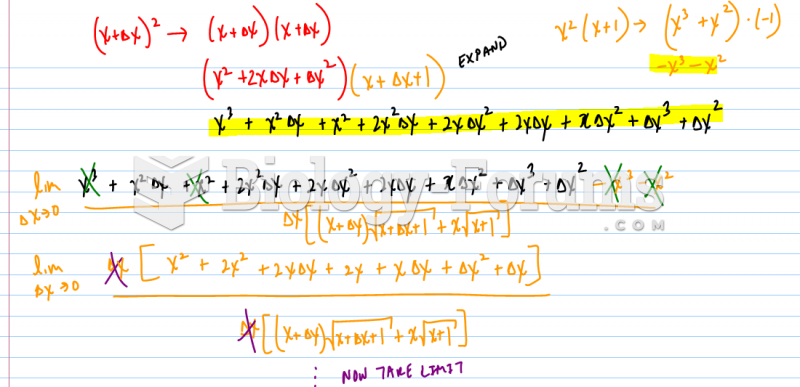|
|
|
All adverse reactions are commonly charted in red ink in the patient's record and usually are noted on the front of the chart. Failure to follow correct documentation procedures may result in malpractice lawsuits.
Human stomach acid is strong enough to dissolve small pieces of metal such as razor blades or staples.
In the United States, an estimated 50 million unnecessary antibiotics are prescribed for viral respiratory infections.
Pubic lice (crabs) are usually spread through sexual contact. You cannot catch them by using a public toilet.
Nearly all drugs pass into human breast milk. How often a drug is taken influences the amount of drug that will pass into the milk. Medications taken 30 to 60 minutes before breastfeeding are likely to be at peak blood levels when the baby is nursing.







